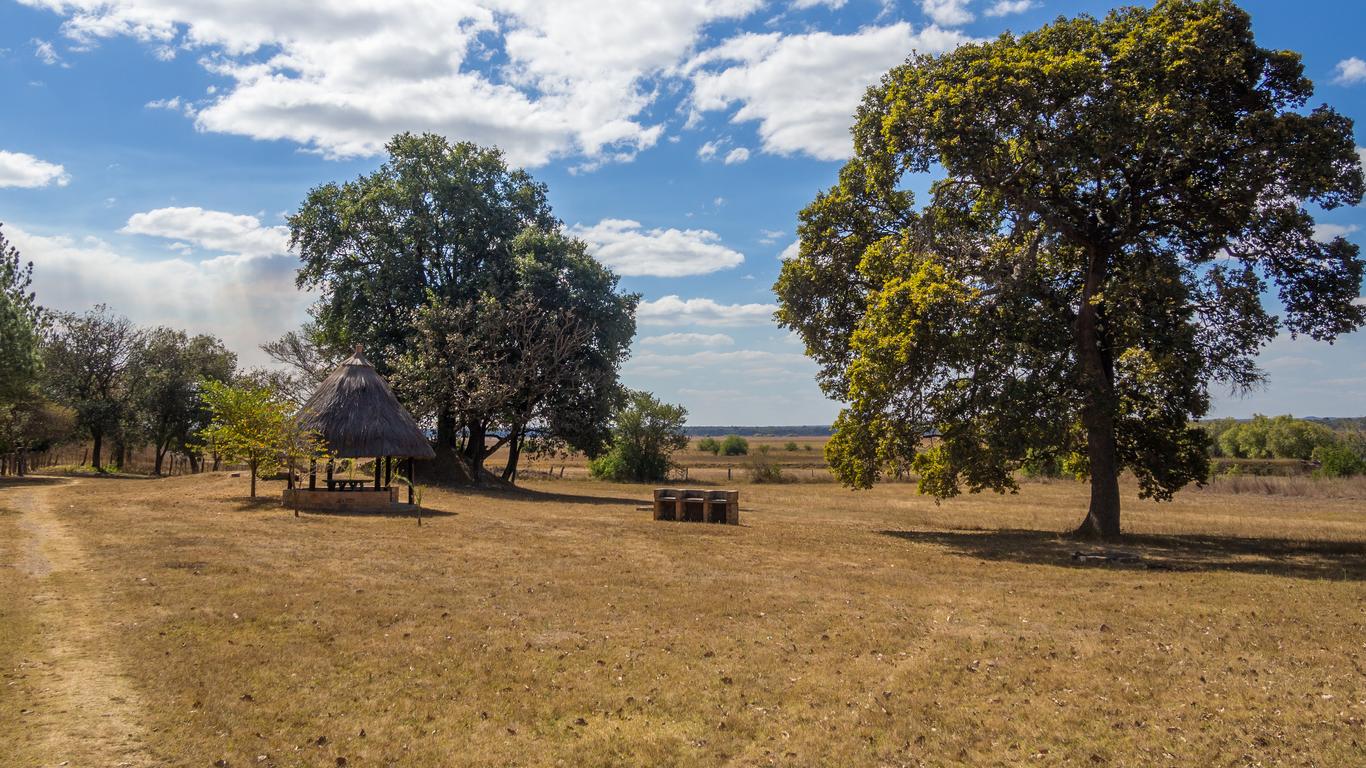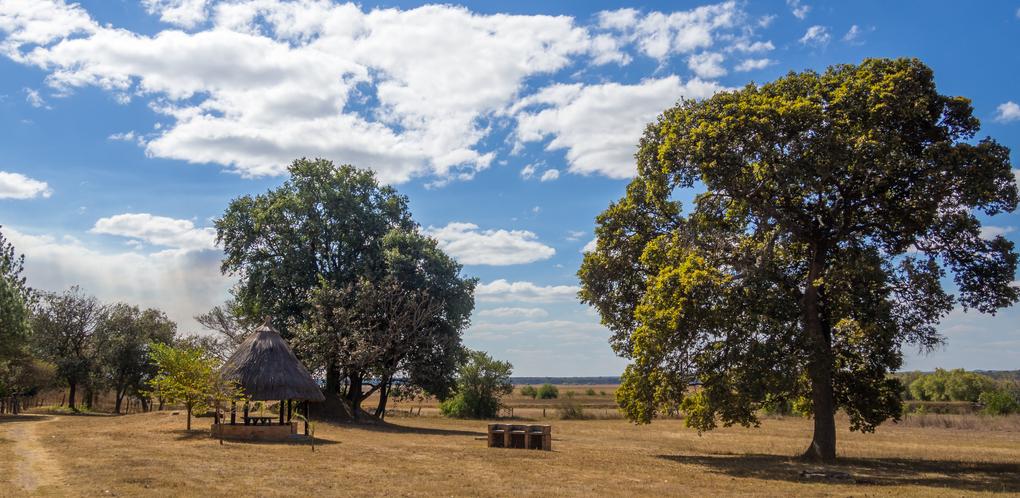
Zambia travel guide
Zambia Tourism | Zambia Guide
You're Going to Love Zambia
Remote and off the beaten path, Zambia is one of the most underrated travel destinations in Africa.

Shaped by three major rivers, Zambia is heaven for those looking to experiencing wildlife up close.
What to do in Zambia
1. Visit the National Parks
With over 20 national parks, Zambia is the ultimate destination for nature enthusiasts. North Luangwa Park is known for walking safaris, Kafue National Park is the largest and the oldest, and at South Luangwa Park, spotting wildlife is guaranteed.
2. Go Diving
Lake Tanganyika, the second largest on the continent, is a popular spot for diving and snorkeling.
3. Admire Victoria Falls
Victoria Falls is one of the most impressive natural landscapes in Zambia and also a UNESCO World Heritage Site.
4. Camp Near Kalambo Falls
Perhaps not as famous as Victoria Falls among tourists, Kalambo Falls is twice the size and even more impressive. Enjoy the views from a nearby campsite overlooking the Great Rift Valley.
5. Explore the Capital Lusaka
Although not bursting with must-see tourist landmarks, to many Lusaka is the quintessential African capital city: authentic and cosmopolitan.
When to visit Zambia
From May to October is the best time to visit Zambia for better chances of spotting wildlife. Keep in mind it's also high tourist season, which may affect prices and availability.
If looking to travel for top local cultural events, N'cwala (the harvest festival) happens in February, Kuomboka in April, and Kusefya Pangwena in August.
How to Get to Zambia
Entry requirements
Entry requirements aren't always straightforward in Zambia, so check the latest rules with the closest embassy in your country.
Usually nationals from most western countries get a visa on arrival at the airport.
Plane
Zambia is served by two main international airports: Lusaka International Airport and Livingstone Airport.
Flights landing in Lusaka are mainly from European destinations, which means that those flying to Zambia from elsewhere must account for at least one layover. Livingstone receives regular flights from destinations that include Johannesburg, London, and Dubai.
Train
There are regular train connections between Dar es Salaam in Tanzania and Kapiri Mposhi in Zambia. These trains are operated by TAZARA (Tanzania Zambia Railways) and the trip takes nearly 40h.
Car
Getting to Zambia by car means having to pay a carbon tax and insurance at the border before crossing. Check the latest updates before choosing this option.
There are several possible overland crossings into Zambia, but the most popular are the ones in Zimbabwe.
Bus
There are a few regular international buses traveling to Zambia from Tanzania, Zimbabwe, and Malawi. Customs and immigration processing can be slow, considering a lot of people opt to travel by bus from neighboring countries.
Boat
It's possible to travel to Zambia by boat from Tanzania over Lake Tanganyika. There are regular ferry services across the lake.
Popular airlines serving Zambia
Where to stay in Zambia
Hotels and budget-friendly hostels are easy to find in most cities in towns. The most popular type of accommodation is the safari lodges at national parks that allow closer contact with nature. They're usually either very affordable or luxurious and high-end.
Where to stay in popular areas of Zambia
How to Get Around Zambia
Public Transportation
Taxis are the only public transportation available within cities. Fares must be negotiated with the driver before the ride.
Trains
The regional trains are often slow and unreliable, so most passengers who need to go to the north of Zambia opt to take the international train to Tanzania and get off at the last stop before crossing the border, which is Nakonde.
Bus
Most cities and towns are connected by a reasonable network of public buses. Express buses connect Lusaka to Livingstone, the Copperbelt region, and Chipata.
Car
To rent a car for up to three months, visitors need to have a driver's license for five years (issued by the country of origin), and be over 25 years of age.
Drive on the left and keep an eye out for chance encounters with wildlife crossing the roads.
Plane
There are regular domestic flights operated by local carrier Proflight from Lusaka to a series of tourist destinations in Zambia, including Victoria Falls (Livingstone) and South Luangwa National Park (Mfuwe).
The Cost of Living in Zambia
The Zambian kwacha is the local currency, but payments in US Dollars are also accepted. Major hotels and tourist companies accept payments with credit cards. ATMs are easy to find in most towns and larger cities. Daily groceries can cost about 75-85 ZMW (5.60-6.40 USD).